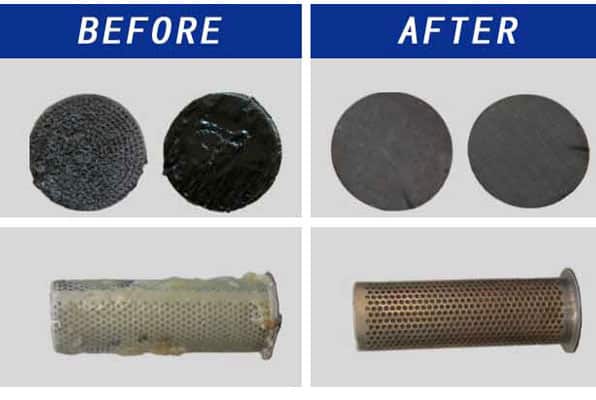In the injection molding industry, mold maintenance plays a crucial role in ensuring production efficiency and product quality. Over time, polymer residues tend to accumulate in mold cavities, vents, and hot runner systems, leading to issues such as sticking, poor demolding, product defects, and even equipment downtime. Traditional cleaning methods—manual scraping, sandblasting, or chemical solvents—are often inefficient, potentially damaging, and environmentally unfriendly. As the industry moves toward greater precision, efficiency, and sustainability, vacuum cleaning furnaces have become an essential piece of equipment for modern injection molding operations.
What Is a Vacuum Cleaning Furnace?
A vacuum cleaning furnace is a high-temperature cleaning system that operates under vacuum or low-oxygen conditions to decompose polymer residues. By thermally degrading or combusting these residues in a controlled environment, the system vaporizes and removes plastic, rubber, or other organic materials from mold surfaces without mechanical contact. This method ensures thorough cleaning while preserving mold integrity and dimensional accuracy.
Why the Injection Molding Industry Needs It
- Thorough Cleaning Without Damage
Vacuum furnaces can penetrate complex mold geometries—including hot runner nozzles and fine vents—that are difficult to access using traditional methods. Unlike sandblasting or metal brushes, this process causes no surface damage. - Boosts Production Efficiency
Shorter mold cleaning cycles and more complete removal of contaminants help avoid defects and unplanned downtime, improving production stability and product quality. - Environmentally Friendly and Energy Efficient
Compared to solvent-based cleaning, vacuum cleaning produces no harmful odors or wastewater. Some models include exhaust treatment systems, aligning with green manufacturing standards. - Ideal for High-Performance Materials
Vacuum cleaning furnaces are especially effective for cleaning residues from engineering plastics, glass fiber-reinforced materials, and high-temperature thermoset resins—materials that are notoriously difficult to clean using conventional methods.
Real-World Application: From Cleaning Challenge to Production Asset
A major automotive components supplier once faced recurring issues with clogged hot runner nozzles and cosmetic defects on molded parts. After adopting a vacuum cleaning furnace, the company reduced mold cleaning time by 70%, increased production efficiency by 15%, and significantly lowered rework rates. The cleaned molds performed like new, resulting in lower maintenance costs and greater uptime.
結論
As automation, precision, and sustainability become the norm in the injection molding industry, efficient mold cleaning is now a key factor in maintaining competitiveness. With its high performance, safety, and eco-friendliness, the vacuum cleaning furnace has become a standard piece of equipment in modern injection molding facilities. As materials become more diverse and production cycles shorter, this technology will play an even more critical role in plastics processing.

